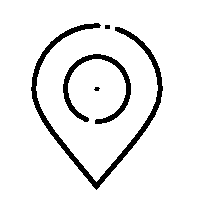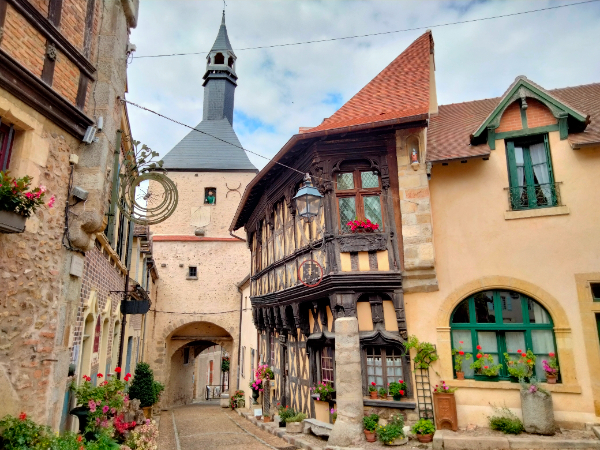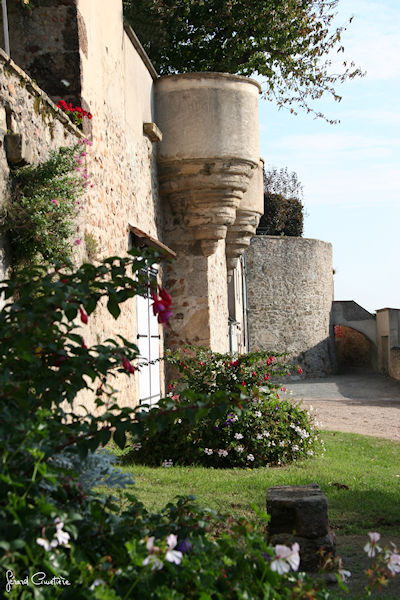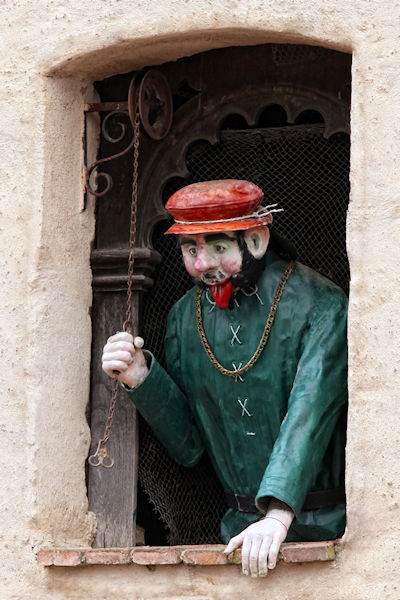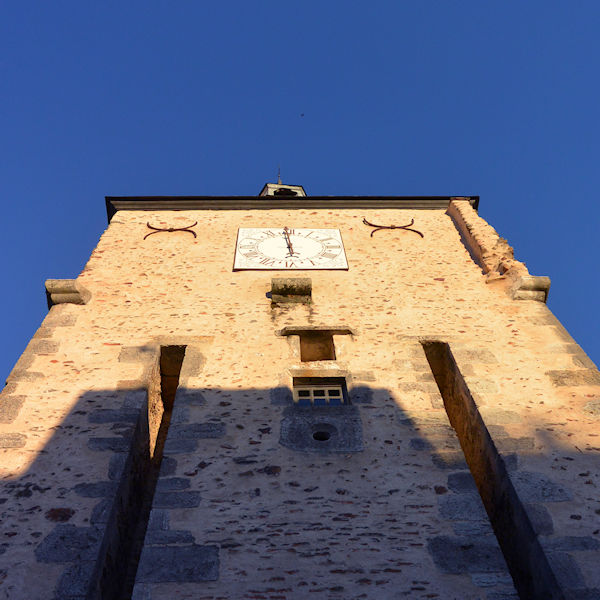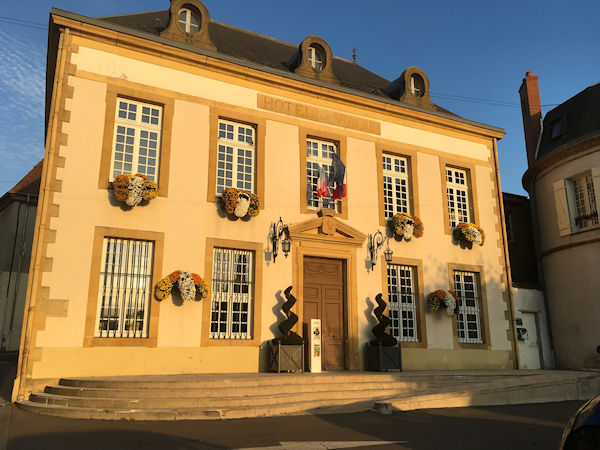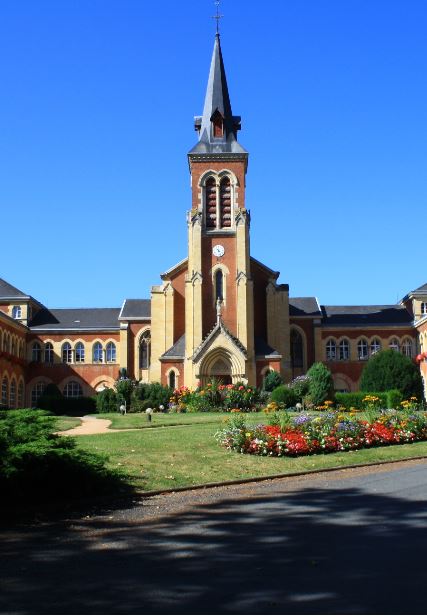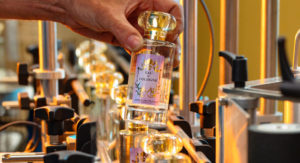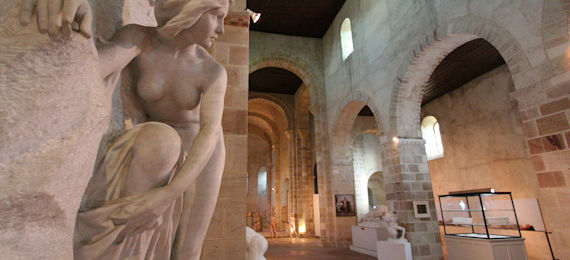Classified as a Cluniac site, its construction dates back to the end of the 10th century. It is one of the rare representatives of the early Romanesque style.
This monument, squat on the outside but of majestic proportions inside, was the church of a priory dependent on Cluny. The church was founded in 1030 by Anséide de Bourbon (the lord after whom the town is named).
The nave, with its panelled ceilings, represents one of the last testimonies of Carolingian type construction.
It is the only one of its kind in the world to have been built in the 19th century, and it was saved by Ferdinand Sarrien, the future President of the Council of the Third Republic and Mayor of Bourbon-Lancy.
.
Classified as a Historic Monument in 1893, it was then restored and became a Municipal Museum.
The European Federation of Cluniac Sites aims to bring together the places in Europe that contributed to the extraordinary influence of the Abbey of Cluny (Southern Burgundy) from the 10th to the 18th century! spiritual, artistic, economic, political and social influence. The monks of Cluny were responsible for the emergence of hundreds of towns and cities. Each of them is the holder of a piece of this unique European cultural heritage.
- The hamlet of Le Fourneau (part of the commune of Bourbon-Lancy)
This hamlet is located 5 km from the town centre towards Moulins on the banks of the Loire.
On the village square is exposed the Glacière with the most significant machines of an installation which, at the beginning of the 20th century, supplied hotels, restaurants, bars, butchers, pork butchers… of the surroundings with ice loaves.
The compressor was driven either by a water turbine or by a Winterthur coal gas engine. Out of use since 1936, this machine was brought out of oblivion 60 years later by a team of enthusiasts and put on static display.
The Winterthur engine and the reproduced frame are very representative of the technique of the 1900s.
- Centre Hospitalier Fondation d’Aligre
With its chapel and thermal establishment dating from the 19th century. Installed in the former convent of the Visitation (now the Grand Hotel), the hospital of the Baths founded by François Pingré de Farivilliers in 1697, quickly became too small. In 1841, the Marquis and Marquise d’Aligre donated 100,000 francs and several estates to the town of Bourbon-Lancy. After the death of his wife in 1843, the Marquis became increasingly involved in the town. In particular, he wanted the inhabitants to have clean and healthy water. He had a fountain built in Place Saint-Léger. He wanted to increase the capacity and quality of care at the hospital. He decided to build a new establishment.
The marquis did not see the laying of the first stone as he died in 1847, after having written several wills and codicils bequeathing the hospice, estimated at nearly four million francs at the time, to the town. According to the marquis’ wishes, the chapel was built first. He wanted it to be his last home. For 150 years, transformations and extensions have followed one another, while preserving the aesthetics of the initial architecture.
Public health establishment, medico-social sector of medicine, convalescence (48 beds), accommodation for the elderly (214 beds)
Neo-Gothic chapel located in the Aligre hospital. Altar and pulpit from the 17th century. Former thermal baths of Bourbon-Lancy
Check out our Brochure for more information






